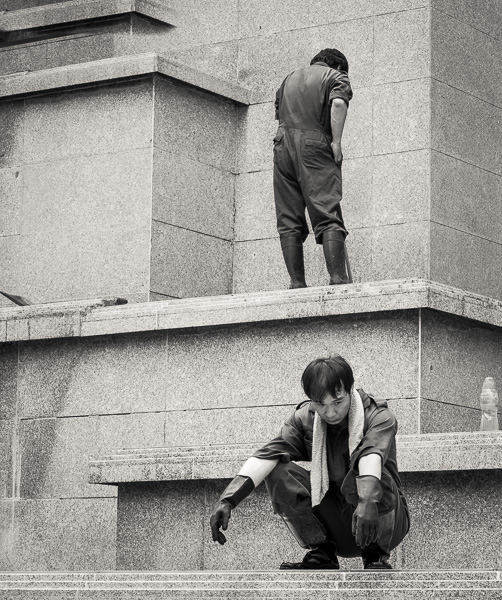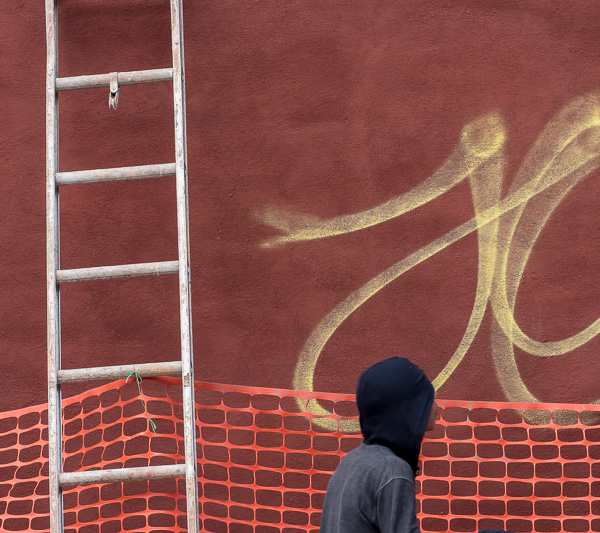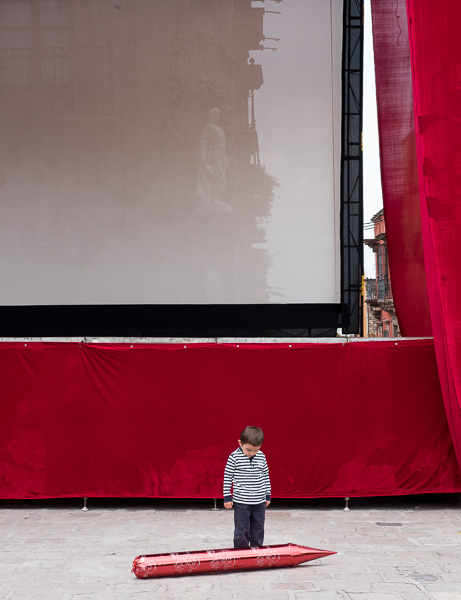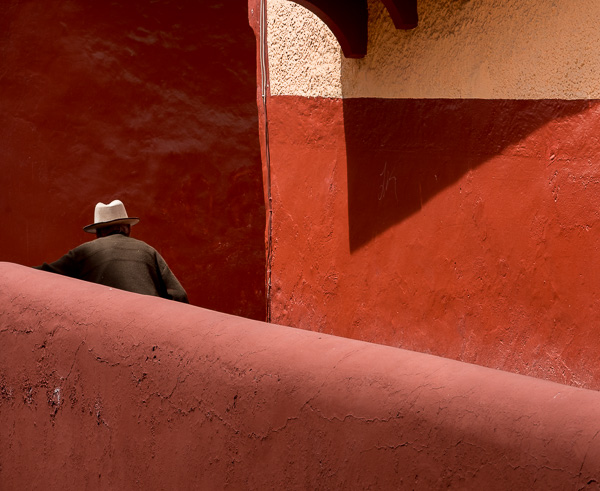By Ben Hattenbach
The name “Iceland” may conjure up visions of a frozen, desolate and dangerous outpost beyond the reach of civilization. Upon arriving on the island, however, most visitors quickly appreciate that the country’s population center, Reykjavik, and its suburbs are actually quite modern and hospitable. While most tourists seem to remain within a day’s drive of Reykjavik, some do venture beyond its comfortable surroundings but still usually adhere to the main highway around the island, a road that is fittingly called the “ring road.” On my first trip to Iceland last May, my activities were largely restricted to this road as well, because the interior of the country was still deeply frozen and the four wheel drive treks into the central highlands were impassable.
The objective for my second trip to Iceland, this July, was quite different. I planned to head away from the paved highways and into the highlands, the western fjords, and other isolated areas where the human inhabitants are few and the scenery is unparalleled, with the goal of photographing some of the more secluded regions of a country brimming with majestic landscapes. For those contemplating a similar journey, I wanted to share my experiences about areas of particular interest to landscape photographers. This article by no means presents a comprehensive overview of the country. Rather, my hope is simply to help point you in the right direction, should you choose to visit Iceland, and to provide some practical information from a photographic perspective about a sampling of its more remote landscapes.
One of the most photographically appealing areas of the country is a series of fjords that jut out into the ocean, like the fingers from a hand, in the northwest. Although the roads through this region are generally well maintained, travel is slow because one cannot simply drive across the fjords. One must instead drive from the base to the tip of each “finger,” meaning that a 15 or 20 mile drive might be required to make just a mile or two (as the crow flies) of progress from the tip of one fjord to the next. The scenery, however, is spectacular, making the drive quite enjoyable. Beyond the obvious photographic opportunities with which you will be confronted at sea level in this area, I highly recommend taking a turn into the surrounding mountains. Numerous unpaved mountain roads in the region offer elevated perspectives of the fjords and, sometimes, the rivers that feed into them, enabling stunning compositions, particularly at sunset for the west-facing fjords.
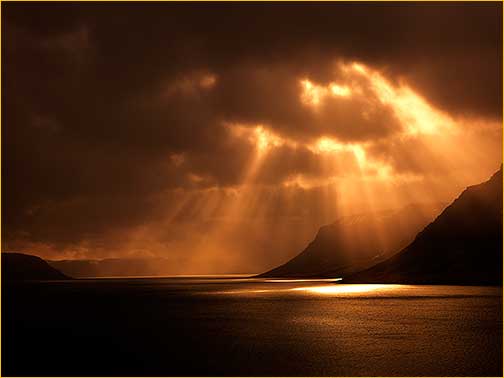
Sunbeams At Dyrafjordur, H3D-39 and HC50-110 at ISO 50
An entirely different set of scenery awaits in the country’s interior, portions of which are also called the “highlands.” While a few of the roads through the highlands might theoretically be passable with a high clearance two wheel drive vehicle, your best bet and your only real option if you want to meaningfully explore the area is to rent a four wheel drive. Many of the highland treks require river crossings, negotiating enormous mud-filled potholes, ascending extraordinarily steep hills, and also regularly shift without warning from hard packed dirt to deep sand. If you are planning to get stranded somewhere in Iceland, make a note that you do not want to get stuck in the highlands and be happy to pay the extra cost of a four wheel drive, which is considerable. The roads across the highlands remain open only about 70 days per year, and my second trip to Iceland was timed to coincide with that period.
One of the most interesting collections of geothermal features in the country resides inHveravellir, just off Road 35 in theKjolurarea of the interior. The display includes an active fumarole, a deep pool of intensely blue water surrounded by white silica, and an array of other yellow, brown, black and red elements painting the steaming, bubbling landscape. While these features are well worth the trip, the deeply rutted and pothole-filed dirt road to and from Hveravellir winds through a barren desert and is, unfortunately, much less interesting and far more painful than the destination. While on this road, a major protector plate was ripped off the bottom of my rental car, my back left wheel developed a grinding squeal, and the latch on the rear door became so plugged with mud that I had to strap the door shut with rope and return to the rental agency for service. Those not traveling with a personal chiropractor may at least find some comfort in the mineral baths heated by runoff from the hot springs in the area. My visit to Hveravellir coincided with the arrival of a storm that provided a wonderful backdrop to my images of the area, most of which were long exposures taken around 3:00 a.m.
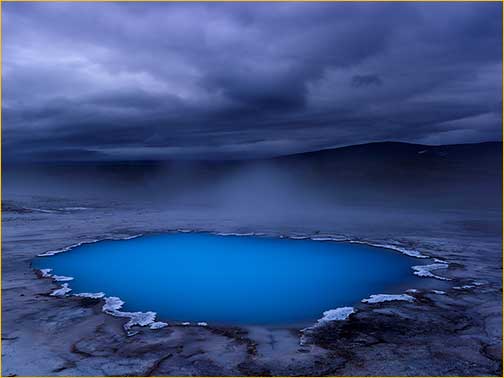
Blue Oasis, H3D-39 and HC50-110 at ISO 50
Landmannalaugar, located in theFjallaback Nature Reserve, is another region in the interior that no self-respecting landscape photographer should pass up. The mountains in this area are, in geologic terms, quite new, and are comprised largely of colorful rhyolite, often covered by green mosses. The region is dotted with lakes and glacial streams, making it challenging to find a bad composition. Particularly after a good rain, an event that seemingly happens with great regularity at Landmannalaugar, the hills glisten in the evening sun with unusual and beautiful colors. Many of the hiking trails in the area provide elevated perspectives, enabling greater depth and interest in your photographs. Importantly, there are a number of roads accessing this area and the degree of difficulty varies considerably among them. The easiest route seems to be Road 30, to Road 32, to Road 26, to Road F208 (the “F” denotes a four-wheel drive route) to Road F224. Alternatively, one can access Road 26 directly from the ring road. Even the easiest route, though, will still require you to cross at least one significant river right before your final destination.
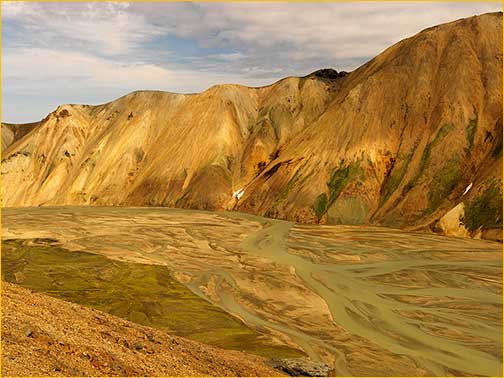
Mountains Of Gold, H3D-39 and HC50-110 at ISO 50
To the west of Landmannalaugar, via Road 225, isHrafntinnusker, an area that presents the stark contrast of ice fields immediately adjacent to a collection of colorful, steaming hydrothermal features. The largest of the ice fields includes a series of ice caves that would undoubtedly make for interesting photography, but are also unstable, extremely dangerous, and best photographed from a distance. The runoff from the ice fields winds between colorful rhyolitic and moss-covered hills filled with steam vents, making for interesting compressed compositions with longer lenses.
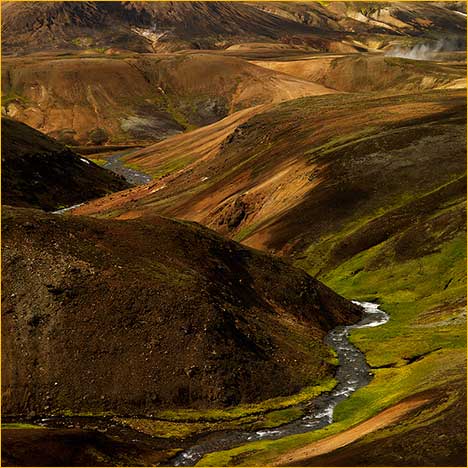
Winding Through Smoke, H3D-39 and HC50-110 at ISO 50
The southern portion of theFjallaback Nature Reserveis also highly recommended for landscape enthusiasts. If you happen to drive a monster truck or are an unusually confident swimmer, you might try to access this region by crossing the rivers that separate it from Landmannalaugar to the north; otherwise, you may be better off approaching from the south on Road 208 or 209 off of the ring road just east of Vik. Both of these roads will lead you over black lava-covered terrain interspersed with winding glacial streams running between volcanic peaks covered with colorful moss. If you manage to reach this area on an evening when the weather is partially cloudy (it is frequently overcast), the contrasts between the neon green moss and black lava in the last light of the day can be particularly intense.
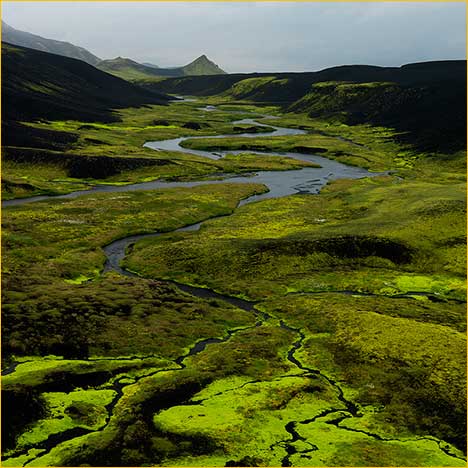
Shades Of Green, H3D-39 and HC50-110 at ISO 50
A final highland route I will mention is the road toAskja, in the eastern portion of the interior. This is another destination that can only be reached by four wheel drive, through an arduous trek that requires multiple river crossings and will likely necessitate a spinal readjustment. The terrain along the way transitions between volcanic and desert, and is considerably less interesting than what can be found in most of the other parts of the country. Just past Askja, the road terminates in a trailhead that, about two miles later, reaches a large lake (Oskjuvat) situated behind a much smaller volcanic crater filled with heated milky blue water. To be frank, I found this terrain difficult to photograph and simply not worth the journey. If any of you elect to disregard my advice and visit Askja, please be on the lookout for the front license plate from my rental car (“GF 107”) as well as two fog light covers, all of which rattled off somewhere in this region.
Although my latest visit to Iceland focused on the highlands, there are also many stops on the ring road that will be of interest to landscape photographers. I will briefly mention aspects of two of them that are overlooked in the guidebooks I have seen. The photographic gem of the ring road isJokulsarlon, in southern Iceland, a lagoon filled with icebergs calved from the glacierBreidamerkurjokull(the suffix “jokull” denotes a glacier; similarly, “foss” indicates a waterfall). The lagoon is particularly photogenic around sunrise, when the water is calm and reflects its surroundings like a mirror. More interestingly though, in my view, is that the icebergs eventually float out of the lagoon, down a channel, and into the open ocean. Some of these icebergs apparently have a poor sense of direction because a collection of them can typically be found washed ashore on the nearby black sand beaches. The contrast between the glistening blue ice sculptures, the black sand, and sometimes even a colorful sunset or sunrise sets a wonderful stage for some landscape photography. As beautiful as Jokulsarlon is, one could rightfully spend at least as much or more time photographing the icebergs and iceberg fragments beached nearby. Try to arrive before dawn or after sunset, while there is color in the sky but also the ability to take long exposures to soften ocean waves in the background.
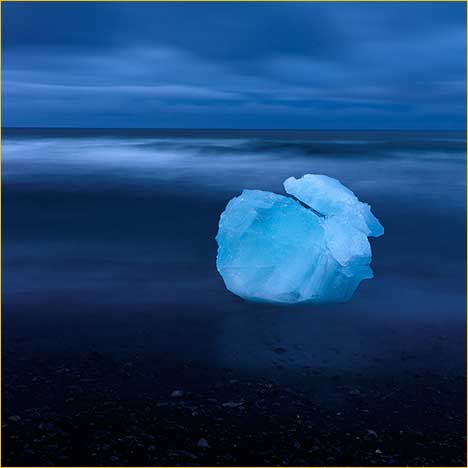
Levitation, H3D-39 and HC50-110 at ISO 50
Among the countless waterfalls along the ring road,Godafossis one that from a photographic perspective stands out above the rest. Godafoss, Icelandic for “waterfall of the gods,” is located along the ring road in the north of the country, just east of Iceland’s second largest city,Akureyri. The waterfall is divided into three sections by rocks positioned along its semicircular rim. Most tourists simply pull into the parking lot, snap a shot from the same location (look for the spot where the grass has been trampled to death if you’re looking to duplicate that composition), and head on to their next destination. Consider doing the opposite, as the terrain surrounding Godafoss is well worth exploring. There is an excellent path on the eastern side from which one can descend below the rim of the waterfall, or above and behind the rim, for a different and more creative perspective. Also, an offshoot of that path leads downstream to a second, smaller waterfall complimented by a beautiful collection of tiered pools, offering further photographic opportunities.
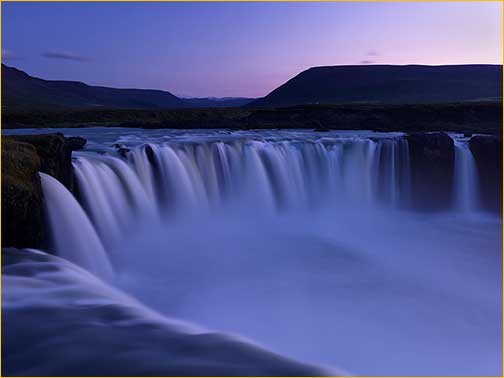
Godafoss Sunrise, H3D-39 and HC50-110 at ISO 50
Finally, beyond the particular destinations, those planning a trip to Iceland and seeking the best light must remain mindful of its extreme northern latitude abutting the Arctic Circle. At this latitude in summer, the “golden hour” for photography actually lasts several hours. Indeed, in the north during summer, the evening golden hour lasts so long that it transitions seamlessly into the morning golden hour, with some clouds often maintaining a pink hue from around 9:00 p.m. until as late as 5:00 a.m. Although capturing this light may require modifications to your sleeping schedule, the discomfort involved will easily be offset by the photographic rewards. The Icelandic light is truly magical. It makes already extraordinary landscapes even better. And during the prime windows for photography, you need not worry about interference from locals or tourists, as they will all be sleeping while you enjoy the best that Iceland has to offer.
August, 2008
______________________________________________________________
When not photographing wild landscapes,Ben Hattenbachis a partner at a Los Angeles-based law firm where his practice focuses on the trial of complex intellectual property disputes. More of his images of Iceland, and other regions, can be seen at http://www.benhattenbach.com/#/northwest/
Read this story and all the best stories on The Luminous Landscape
The author has made this story available to Luminous Landscape members only. Upgrade to get instant access to this story and other benefits available only to members.
Why choose us?
Luminous-Landscape is a membership site. Our website contains over 5300 articles on almost every topic, camera, lens and printer you can imagine. Our membership model is simple, just $2 a month ($24.00 USD a year). This $24 gains you access to a wealth of information including all our past and future video tutorials on such topics as Lightroom, Capture One, Printing, file management and dozens of interviews and travel videos.
- New Articles every few days
- All original content found nowhere else on the web
- No Pop Up Google Sense ads – Our advertisers are photo related
- Download/stream video to any device
- NEW videos monthly
- Top well-known photographer contributors
- Posts from industry leaders
- Speciality Photography Workshops
- Mobile device scalable
- Exclusive video interviews
- Special vendor offers for members
- Hands On Product reviews
- FREE – User Forum. One of the most read user forums on the internet
- Access to our community Buy and Sell pages; for members only.






